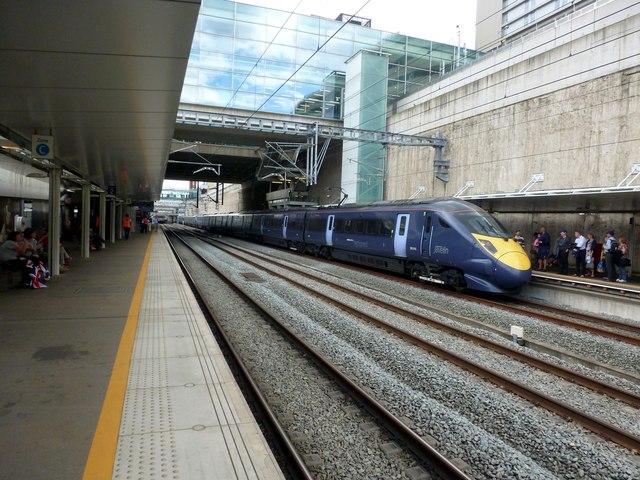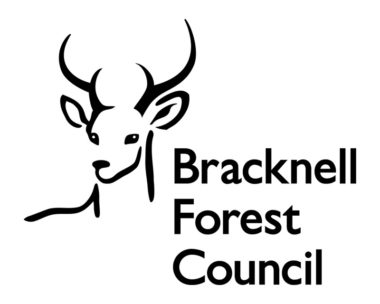This blog has been written by Alan Sleat, a blind accessibility assessor at Shaw Trust Accessibility Services. Alan lost his sight when he was 29 through diabetes and now helps us test the accessibility of websites using screen reader technology. Find out more about Alan here.
A train journey
One of the quickest and most far-reaching modes of transport you can get. On the other hand, the most isolated, and assistance-led for a disabled person. Why!? When trying to find the correct train on time, the driver is locked away and normally only one member of staff (at the moment, could be none) to collect tickets and may be able to assist you. In addition, for everyone, but more of an impact on someone who is disabled, the train running late may prevent the next part of the journey you have organised not being there.
I also have mixed experiences on the train. I think it is only when you have lost your sight; you really appreciate your sight.
These are some comments that I remember on the train:
- “The buffet car is in the middle of the train.” Where is that to me?
- “Please read the emergency notice provided, for those of our customers that need brail copies, please ask the train guard.” Where is the train guard? There has been plenty of times on a train, where I have not actually met the guard. The station assistants get me on, and I have to make my own way off, to hopefully get assistance on the platform.
- Relying on assistance. You have to book these 24 hours ahead of travel time. However, they are not always there. I am sure that they are busy, but for a disabled person that needs help to get to a train, or out of the station, this service that the train companies offer is vital to a person to have their independence to travel, whilst having to ask for help.
Also just like the busses, I have been left on a train, as the assistance did not come and help me off the train, now I try and get to the door myself and rely again on the public and hope the assistance on the platform is there. Saying all this, I am grateful for the services that public transport offers and without them, the journeys would be a lot more difficult which in turn would affect my independence.
Likewise, people with other disabilities, could not travel without assistance, but when it goes wrong, or the train services don’t think of everyone – then the journey is a nightmare.
A colleague’s experience
A colleague was on the train and heard an announcement that the next two stations that were scheduled to be stopped at, were going to be missed out, unless you tell the guard that you want to stop there. However, the visual indicators on the screen in each section still had the stations on that they were going to stop at.
Now if a deaf person is relying on this method of communication, they will think that the train is still stopping at these stations, and if they want to get off at one of these, then they will potentially miss their stop. Likewise, if the message was the other way around, then a visually impaired person will not be able to see the change.
Staffing and Access at stations
There is the issue of staffing at stations, where there may not be the staff to assist you to the exit. Saying that, the time it has happened to me, the guard that helped me at the beginning of the journey realised that this would be the case and arranged for a taxi from the stop before my original one, so I would be safe.
There was a program on the TV on train stations and as one person was being interviewed, the train was about to leave and a wheelchair user did not have the ramp down for him, but to get the train, he somehow bounced his chair to get into the train. He had obviously done this before, but should he have to? I am sure I heard a news article about not putting ramps out for wheelchair users if it was going to make the train even later, if it was late in. Unfortunately, I could not seem to find this on the internet, but sometimes it makes you wonder.
Just one more story before I finish my train journey:
Someone designs facilities to assist disabled people, but in my opinion, they don’t always think of other disabilities, perhaps just tick a box. The story will illustrate this.
I was in the disabled part of the train and in the corner, was the disabled toilet. It took me ten minutes and the assistance from the member of the public, to find the handle to get in. Not the nicest of questions to ask. The reason I could not find it was that it is now a button flush to the wall. So, I am in now and the buttons to lock the door are on the other side of the toilet. There are three buttons one above each other, they do have braille on, but not everyone who is visually impaired can read braille. The top one was to lock the door, the bottom one was to unlock and open the door, and the middle one was to call the driver.
Guess which one I pressed to get out of the loo? Yes, you guessed right; I had to ask the driver to let me out.
There are now forums to public transports where people with disabilities are on the forum and hopefully, the train journey will be on the right track to being accessible and enjoyable.
Well, we are nearly there, depending on what sort of journey you have booked.
The next blog from a travel perspective will be in February/March and we’ll be going through the pitfalls of booking online! In the meantime, the accessibility team will be releasing a myths and assumptions blog series about the assumptions people make regarding accessibility as well as some more in-depth accessibility blogs!







